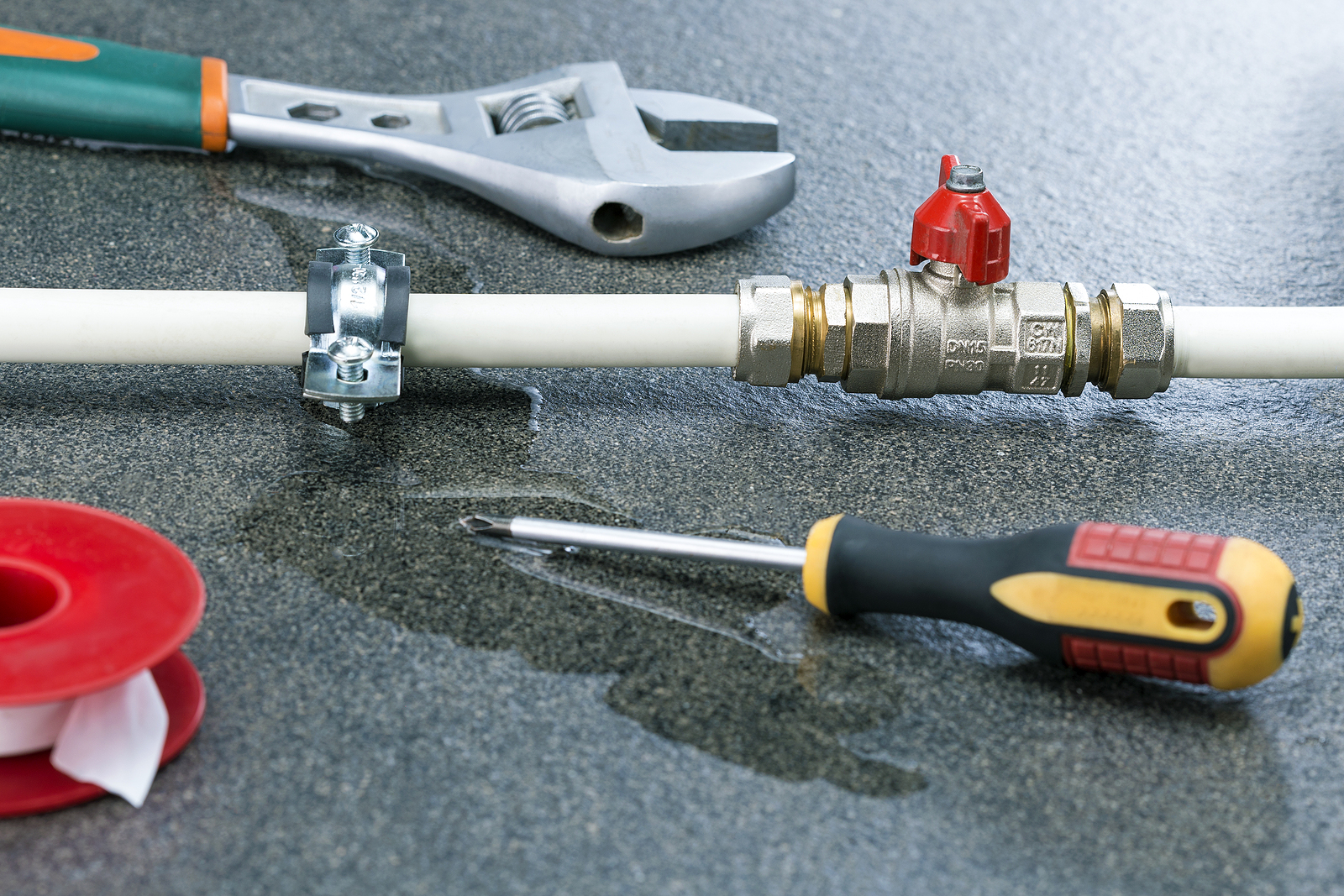We have found this article about Locating water leaks directly below on the web and concluded it made perfect sense to talk about it with you over here.

Early detection of leaking water lines can mitigate a prospective disaster. Some little water leaks might not be visible.
1. Take A Look At the Water Meter
Every residence has a water meter. Checking it is a surefire manner in which assists you discover leaks. For beginners, turn off all the water resources. Guarantee nobody will flush, use the faucet, shower, run the cleaning device or dishwashing machine. From there, most likely to the meter and watch if it will certainly alter. Given that nobody is using it, there ought to be no activities. If it relocates, that suggests a fast-moving leakage. Similarly, if you identify no changes, wait an hour or 2 and examine back once again. This indicates you may have a sluggish leak that might even be underground.
2. Check Water Consumption
If you spot sudden changes, in spite of your consumption being the very same, it indicates that you have leakages in your plumbing system. A sudden spike in your costs indicates a fast-moving leak.
On the other hand, a steady increase every month, despite having the exact same routines, shows you have a sluggish leak that's also slowly intensifying. Call a plumber to thoroughly check your home, specifically if you feel a cozy area on your floor with piping underneath.
3. Do a Food Coloring Examination
When it comes to water intake, 30% comes from bathrooms. If the color in some way infiltrates your dish throughout that time without flushing, there's a leak between the storage tank as well as bowl.
4. Asses Outside Lines
Don't neglect to examine your exterior water lines as well. Test faucets by attaching a yard hose pipe. Must water permeate out of the connection, you have a loosened rubber gasket. Change this and also ensure all links are limited. It will certainly help get it expertly examined and also kept every year if you have actually got a sprinkler system. One small leak can throw away lots of water and spike your water costs.
5. Assess the circumstance and also inspect
Home owners need to make it a behavior to examine under the sink counters and also inside cabinets for any type of bad odor or mold and mildew development. These two red flags suggest a leakage so prompt attention is needed. Doing routine evaluations, also bi-annually, can conserve you from a major trouble.
Inspect for discolorations and weakening as many devices and pipes have a life span. If you presume leaking water lines in your plumbing system, do not wait for it to intensify.
Early detection of leaking water lines can reduce a possible calamity. Some tiny water leakages might not be noticeable. Examining it is a guaranteed method that aids you uncover leaks. One tiny leak can squander heaps of water and also spike your water bill.
If you presume leaking water lines in your plumbing system, do not wait for it to intensify.
How to Know If Your Home Has a Hidden Leak
Water Meter Reveals Inexplicable Water Usage
If you’d like to test whether or not there’s a leak somewhere in your home, you can do this using your water meter. Here is how to conduct the test:
Don’t use any water in your home for at least 30 minutes; this also means not turning on faucets or water-using appliances.
Go outside, and check your water meter for activity.
If your water meter shows that there was activity, even though no one was using any water, this proves that there is a leak in your home.Visible Mold or Mildew Growth
Leaks behind walls create moist, dark environments that allow mold and mildew to grow and thrive. Eventually, you might see mold growth forming on the wall closest to a hidden leak.
If mold is growing in an area that receives a high amount of moisture, such as a bathroom, it may simply be an indication that better ventilation is needed. However, if you see mold growth on a wall or the ceiling in an area where you would not expect, you probably have a hidden leak.
Musty, Mildew Odor
Sometimes you might not be able to see the mold or mildew that is growing as a result of a leak. However, the smell can give the problem away just as easily. If you catch a whiff of something musty, there’s a good chance that old water is collecting somewhere in your home that you can’t see.
Stained/Warped Walls, Ceilings, or Floors
When your home soaks up water, a variety of red flags can become visible, including ceiling stains, bubbling drywall, warped walls, and sagging floors. While these issues can be caused by excess humidity, they can also be signs that a pipe or plumbing connection has started leaking behind your walls.
Inexplicably High Water Bill
After a while, you get a general sense for what your water bill should be. If you own a pool or sprinkler system, your bill will tend to be higher during summer. However, if you receive a water bill that seems especially high, and you can’t figure out what caused it, then you may have a hidden leak somewhere that’s increasing your bill.
https://www.plumbingjoint.com/blog/2019/july/how-to-know-if-your-home-has-a-hidden-leak/

As a keen person who reads about Top leak detection hacks, I figured sharing that piece was a good thing. Enjoyed reading our entry? Please share it. Help somebody else check it out. I value reading our article about Locating water leaks.